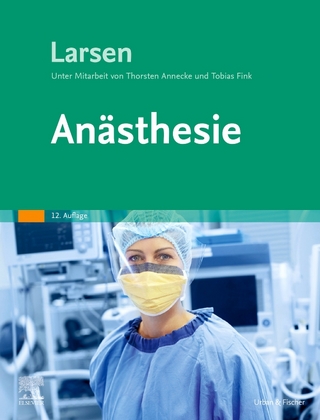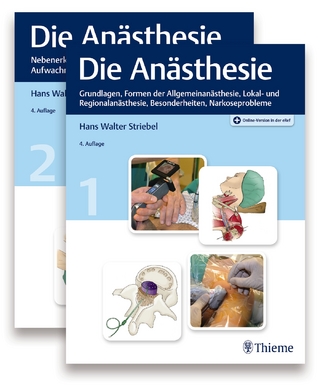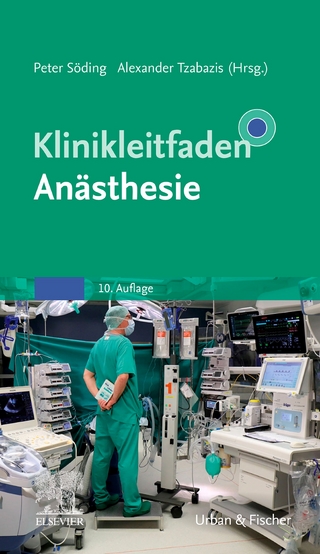
Perioperative Pain Control: Tools for Surgeons
Springer International Publishing (Verlag)
978-3-030-56080-5 (ISBN)
Hence, the appropriate target audience for this text would be for the tens of thousands of current surgical trainees in many specialties, including general surgery, thoracic surgery, otolaryngology, plastic surgery, urology, gynecology, vascular surgery, neurosurgery, and orthopedic surgery. Furthermore, surgeons out of training would be another audience of interest, as there are increasing courses for continuing medical education based on perioperative and chronic pain management. Currently, there are no comparable and competitive guides with these target audiences; all of the existing literature about perioperative and chronic pain is targeted either specifically for patients, anesthesiologists, or pain medicine physicians. This will be the only up to date guide focusing on evidence-based practices for perioperative pain control, and each section will also include information on chronic pain sequelae relevant to each surgical specialty. The editors envision this text being an interdisciplinary endeavor, incorporating surgeons from multiple specialties, anesthesiologists, pain medicine physicians, and palliative physicians as appropriate.
Peter F. Svider, MD, Rhinology and Endoscopic Skull Base Surgery Rutgers New Jersey Medical SchoolNewark, NJUSA. Andrew P. Johnson, MDDepartment of OtolaryngologyUniversity of Colorado Boulder, COUSA Anna Pashkova, MDPain Medicine, Anesthesiology Columbia University Irving Medical CenterNew York, NYUSA
Perioperative Pain Control: Practical Tools for Surgeons.- The Surgeon's Role in the Opioid Epidemic.- Pain Prescription Legislation: What You Need to Know as the Surgeon.- Opioid Prescribing Education in Surgical Training (Follow COP).- Pre-operative Optimization.- Non-Opioid Adjuncts and Alternatives.- Post-Operative Analgesia for the Chronic Pain Patient.- Non-Enteral Pain Management.- Perioperative Annalgesia in General Abdominal, Vascular, and Thoracic Surgery.- Perioperative Analgesia for Thyroid and Parathyroid Surgery.- Evidence-Based Perioperative Analgesia for Otolaryngology-Head and Neck Surgery.- Perioperative Analgesia in Cranial and Skull Base Surgery.- Perioperative Analgesia for Orthopedic and Spine Surgery.- Evidence-Based Perioperative Analgesia for Urologic Surgery.- Obstetrics and Gynecology.- Perioperative Analgesia and Pain Management in Pediatric Patients.- Approaches to Perioperative Pain Management in the Plastic Surgical Patient.
| Erscheinungsdatum | 24.01.2021 |
|---|---|
| Zusatzinfo | XVI, 348 p. 14 illus., 13 illus. in color. |
| Verlagsort | Cham |
| Sprache | englisch |
| Maße | 127 x 203 mm |
| Themenwelt | Medizin / Pharmazie ► Medizinische Fachgebiete ► Anästhesie |
| Medizin / Pharmazie ► Medizinische Fachgebiete ► Chirurgie | |
| Medizin / Pharmazie ► Medizinische Fachgebiete ► Schmerztherapie | |
| Schlagworte | abdominal surgery • Analgesia in Pediatrics • Head and Neck Surgery • Non-Opioid Alternatives • Opioid Prescribing • Pain Psychology • Perioperative Analgesia |
| ISBN-10 | 3-030-56080-5 / 3030560805 |
| ISBN-13 | 978-3-030-56080-5 / 9783030560805 |
| Zustand | Neuware |
| Haben Sie eine Frage zum Produkt? |
aus dem Bereich


